Reality home shows may seem like harmless entertainment, but they are quietly altering how buyers view the real estate market. These programs package homeownership into a neat, aspirational story that affects real-world expectations. From renovation timelines to design choices, viewers absorb ideas that often clash with reality. Over time, these shows have rewired what many buyers think is normal—or even non-negotiable—when searching for a home.
1. Unrealistic Renovation Timelines

According to Realtor.com, reality shows often compress months of work into a 45-minute episode, setting up wildly unrealistic expectations. Buyers sometimes believe full home transformations can happen in a matter of days. This misunderstanding leads to disappointment when real renovation projects stretch out for weeks or even months. The speed shown on TV is rarely, if ever, attainable.
Real-world projects depend on contractor schedules, permits, and material delays. Buyers used to think patience was a given, but now impatience has become common. Many first-time renovators are shocked by the true timelines. Reality shows have trained viewers to expect instant results.
2. Overemphasis on Open Floor Plans
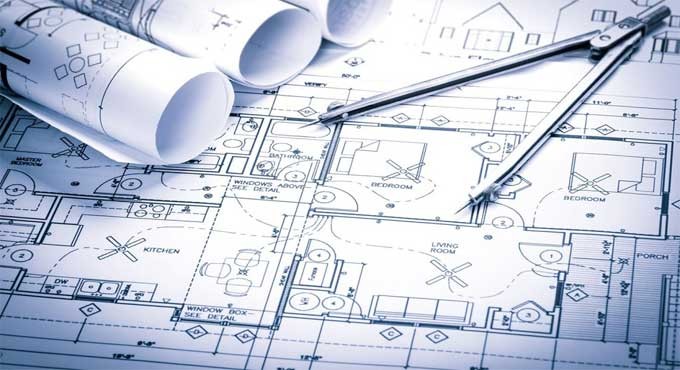
As noted by Architectural Digest, reality shows consistently glorify open-concept designs, making them seem essential for modern living. Buyers now often expect walls to be torn down, even when it is structurally impractical. The trend has made open floor plans synonymous with value in the minds of many. Unfortunately, this mindset can limit realistic home choices.
Many older homes were not built for open layouts. Removing walls can be costly and structurally complex. Still, buyers show little tolerance for closed-off spaces anymore. Television has subtly reset their standards.
3. Underestimating Renovation Costs

HGTV and similar networks often gloss over true costs, according to a study from Business Insider. Budget breakdowns usually leave out labor, permits, and unexpected structural issues. As a result, buyers frequently underestimate how much it takes to achieve a TV-worthy renovation. Sticker shock during real-world projects has become increasingly common.
People now expect magazine-quality results on starter-home budgets. Reality shows rarely show the sacrifices needed to stay on track. Unrealistic budgeting causes stress and blown timelines. Buyers often feel misled after their first big project.
4. Prioritizing Aesthetics Over Function
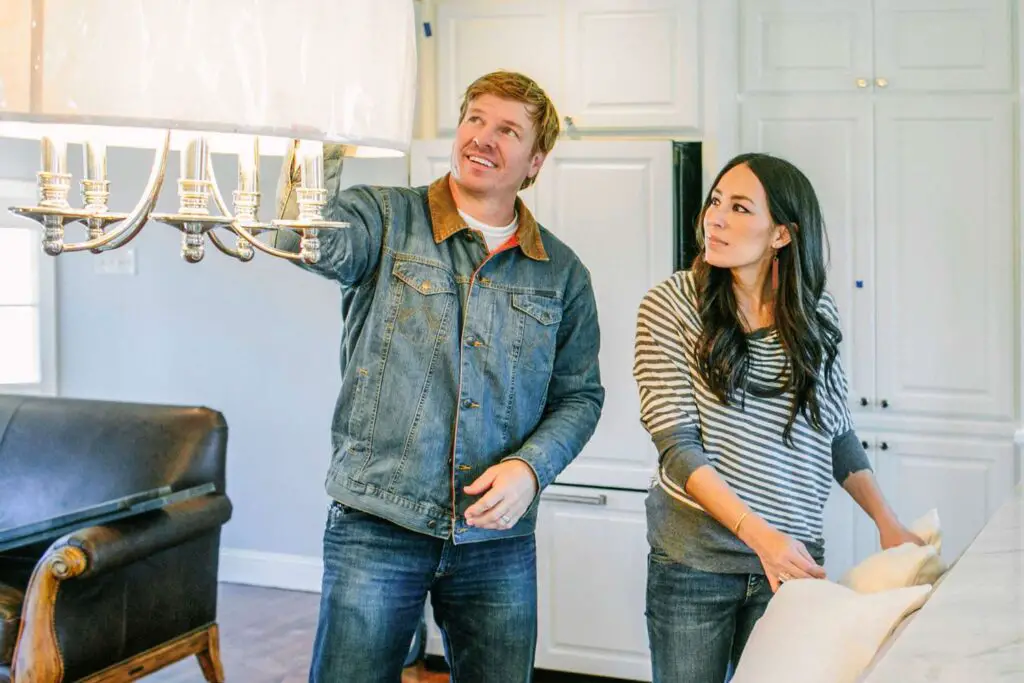
A 2023 article from House Beautiful explains that reality shows tend to highlight cosmetic upgrades at the expense of infrastructure repairs. Buyers influenced by TV often focus on countertops and light fixtures rather than plumbing or roofing. Functionality takes a back seat to visual appeal during the home search. Long-term maintenance issues are overlooked in favor of immediate beauty.
This shift can lead to costly mistakes. Prioritizing looks over livability results in expensive repairs down the line. Buyers sometimes learn the hard way that paint is easier to fix than faulty wiring. TV has trained them to shop with their eyes, not their heads.
5. Expecting Staged Homes
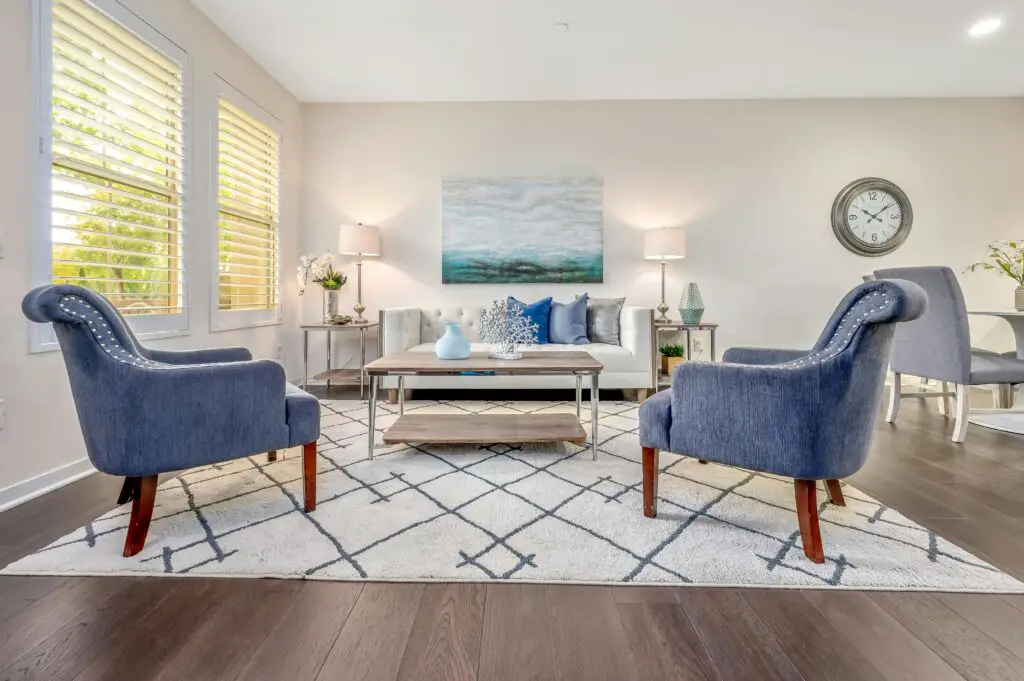
Reality TV homes are impeccably styled, leading buyers to expect similar perfection during open houses. Ordinary lived-in homes often fail to impress now that visual staging is normalized. Sellers feel pressured to invest in decor upgrades just to compete. The standard for “move-in ready” has been elevated dramatically.
Messy closets and personal photos used to be overlooked. Today, even minor imperfections can turn buyers off. Television shows have created a fantasy of showroom living. Real homes are struggling to measure up.
6. Believing Every Home Has “Hidden Potential”
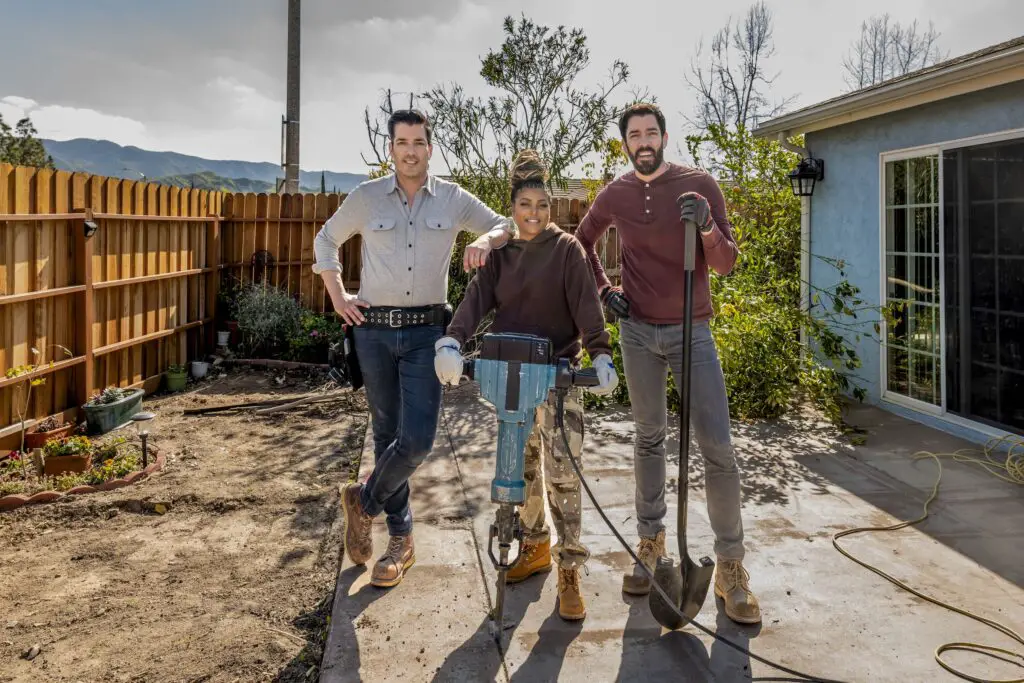
Shows thrive on the idea that any ugly duckling can become a dream home. Buyers now enter fixer-uppers with unrealistic ideas about scope and affordability. Transformations look easy on TV, but major rehabs often reveal costly surprises. Not every property can—or should—be rescued.
Structural problems, zoning restrictions, and budget limits get little airtime. Buyers sometimes take on more than they can handle. The dream of creating a show-stopping home can become a financial nightmare. Reality TV only shows the success stories.
7. Expecting Trend-Forward Interiors
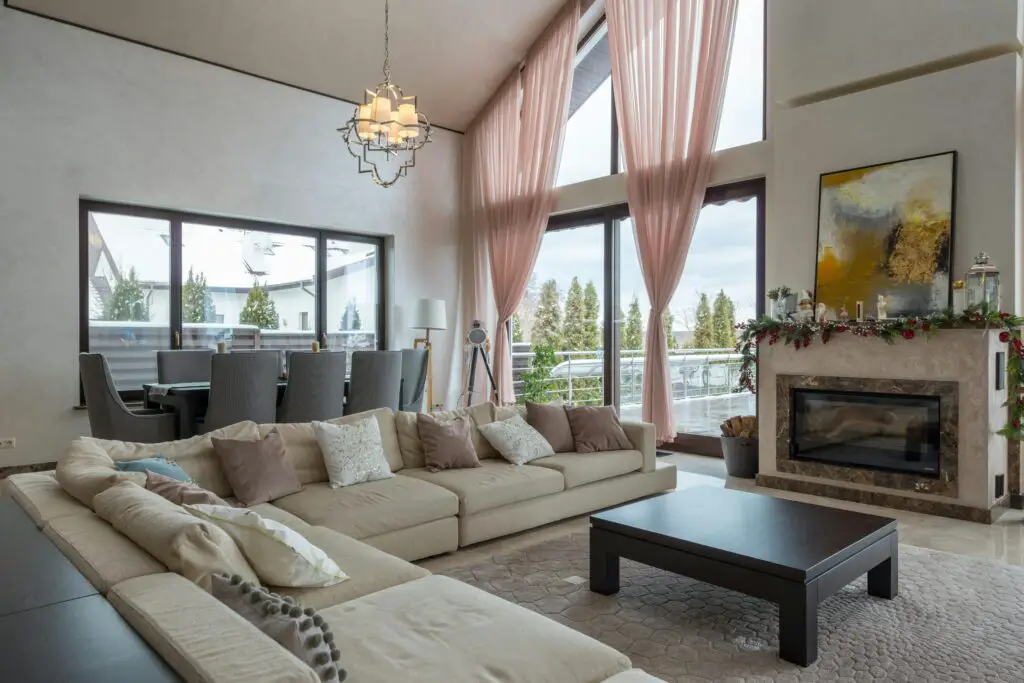
Television sets homes up with the latest design trends, making anything else feel dated. Buyers sometimes pass over quality properties simply because they lack trendy features like waterfall countertops or black-framed windows. Solid but less fashionable homes are unfairly judged. The cycle fuels unnecessary remodeling.
Trends change faster than real estate markets. Buyers influenced by shows risk chasing short-lived styles. What feels essential today may seem passé tomorrow. TV often speeds up the trend churn.
8. Valuing Flash Over Quality
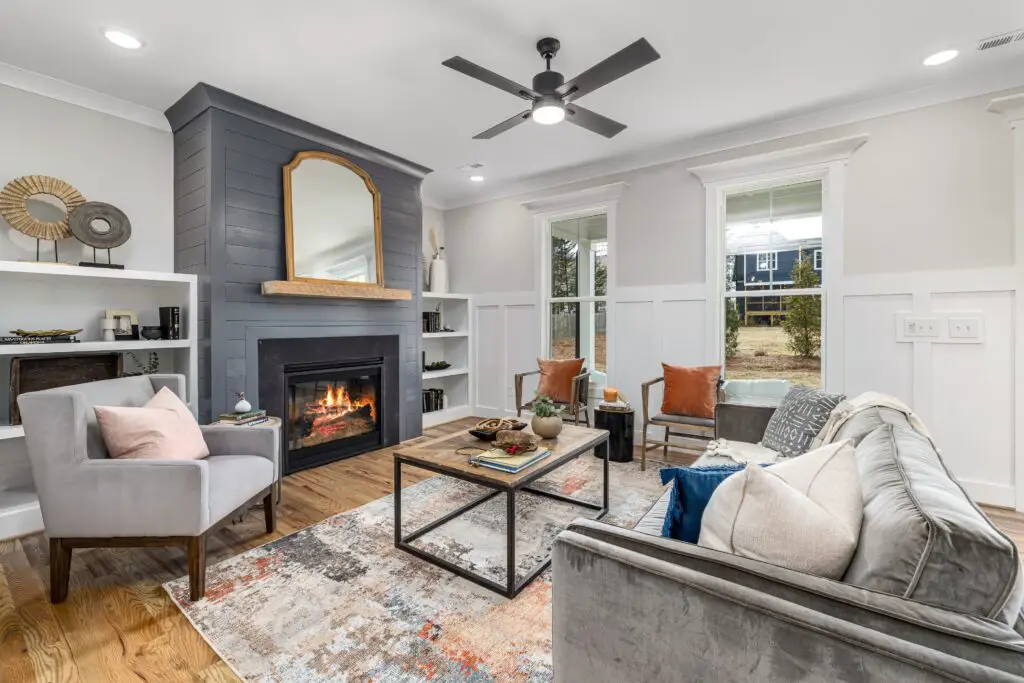
Quick visual impact is key for television ratings, which can lead buyers to prioritize flashy features over lasting materials. Shiplap walls and barn doors look great on camera but may not stand the test of time. Substance often loses out to style. Buyers expect wow moments instead of quietly solid craftsmanship.
Durability matters more than instant gratification in real life. Not all eye-catching upgrades are worthwhile investments. Flashy trends can date quickly and wear poorly. TV focuses on appearances rather than long-term value.
9. Demanding Custom Everything
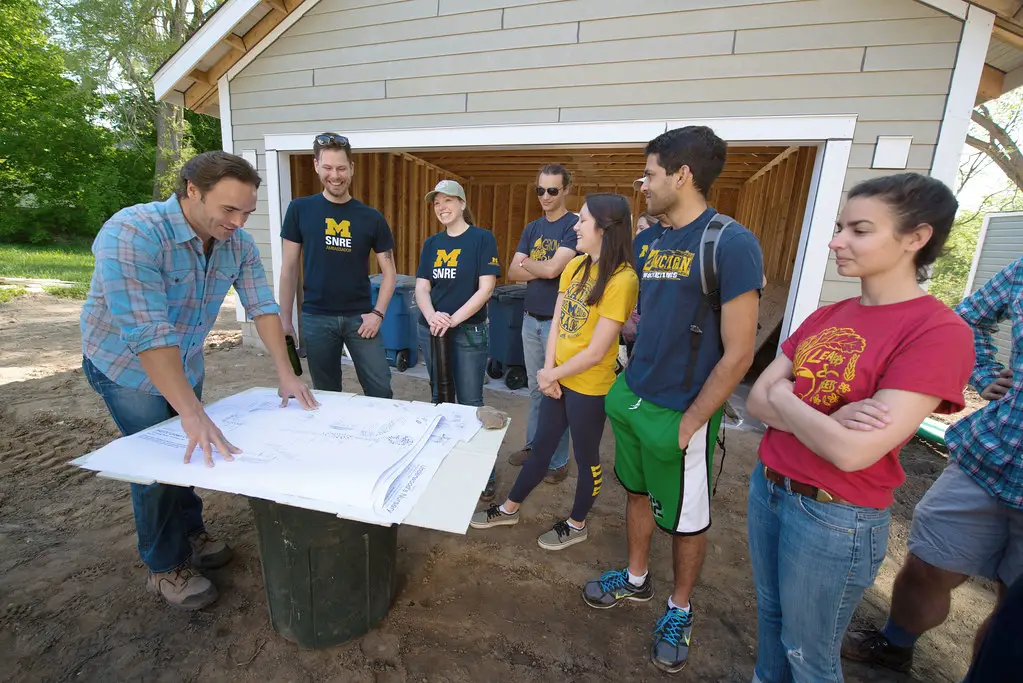
Reality shows celebrate personalized details like custom built-ins, bespoke lighting, and specialty furniture. Buyers now expect this level of customization even in mid-market homes. The result is frustration when inventory cannot deliver such personalized touches. Not every home can be a made-to-order masterpiece.
Mass-market homes meet most people’s needs without major customization. Television blurs the line between luxury and standard offerings. Buyers often forget that customization comes with a steep price tag. Reality TV feeds perfectionism.
10. Assuming Negotiation Leverage

Many home shows feature dramatic negotiation scenes, giving buyers inflated confidence. Viewers assume they can always haggle down the price or demand extensive repairs. In competitive markets, however, these expectations are unrealistic. Overconfident offers can lose desirable properties.
Negotiations vary greatly by market conditions. Sellers often hold more power than buyers believe. Television portrays negotiations as easy victories. In truth, leverage depends heavily on context.
11. Believing “Before and After” Are Simple

Editing tricks create the illusion of straightforward makeovers. Buyers may think minor cosmetic updates can produce dramatic resale value increases. Reality is much messier and less predictable. Home transformations rarely proceed without setbacks.
Remodeling often takes longer, costs more, and uncovers more problems than expected. “Before and after” snapshots oversimplify complex journeys. Buyers must brace for imperfect progress. Reality TV shows only the highlights.
12. Thinking Every Home Needs a Wow Factor

Reality shows emphasize signature features like wine cellars, home theaters, and chef’s kitchens. Buyers now expect every property to have a standout selling point. Ordinary, functional homes sometimes struggle to capture interest. Flashy extras have become part of the minimum expectation.
Not every house needs a dramatic centerpiece. Practical layouts and good construction matter more in the long run. Buyers risk overlooking perfectly good homes without gimmicks. TV glamorizes the unnecessary.
